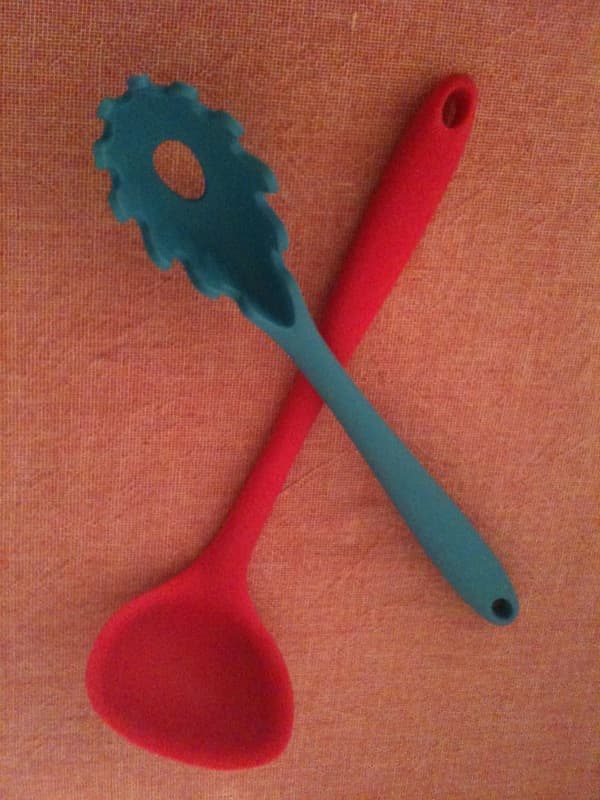What Is Silicone?
Silicone is a man-made material referring to a family of organic silicon polymer products consisting of chains of silicon, carbon, hydrogen, and oxygen. When strung together linked by oxygen, these chains can go from two units to hundreds or thousands. Depending on the length of the compound chain, the polymer can have a large variety of different properties.
Since the production in the 1950’s, this material has been incredibly useful for everything from manufacturing processes, automotive parts, medical equipment, children’s toys, and kitchenware.
Technically, silicone is a plastic polymer. It has been regarded as a relatively ‘safer’ option, being more chemically inert than other common plastic polymers, increasing its credibility to the general public as the material of choice for soft yet durable material for kitchenware specifically.
Is Silicone Safe?

The safety of silicone has been accepted for food-grade applications by many authorities such as the Health Canada board claiming "There are no known health hazards associated with use of silicone cookware. Silicone rubber does not react with food or beverages, or produce any hazardous fumes."
However, more recent evaluations have provided evidence to the contrary, that silicone products, especially kitchenware, can still shed microplastics into food and their surroundings on contact, mechanical use, and exposure to high temperatures.
A 2012 study on the release of siloxanes from silicone products into liquids, specifically infant formula and milk, showed that yes, there were in fact residual contaminants found in the liquids after prolonged exposure.
In 2008, research made on determining the contamination of foods when baked inside silicone molds concluded that siloxanes were released with a correlation to the fat content of the food tested.
In fact, the European Union (which is typically ahead of the United States in terms of controlling and limiting the use of pervasive or harmful substances in manufacturing or food production processes) even considers certain siloxanes to be endocrine disruptors in the same way that microplastics are.
Overall, we think the research on health effects of this polymer is not as common as it should be, given how common it is used for medical equipment and the preparation of food.
Should I Replace My Silicone Kitchenware?
At this moment it is still too early to conclusively decide that silicone is a substantial leader of microplastic contamination. However, it is far from difficult nor expensive to be on the safe side and replace daily uses of silicone that come in contact with our food and drink.
In our guide on how to reduce microplastics in our prepared food, we go over common applications of silicone, specifically silicone spoons, spatulas, and other utensils that undergo high heat and come in contact with fatty, oily foods that may increase the shedding of this material.
Related Article
In regards to other use cases, such as silicone lids for glass tupperware that have minimal contact with food when compared to fully plastic tupperware, you should consider compromises if you pursue a balance between minimizing microplastic ingestion and exposure with convenience and utility.
Related Article
Conclusion:
Research on silicone is still being expanded upon, and the trend of conclusions in these experiments is showing a growth in evidence for silicone products, particularly in cookware, leaching microplastics into the food or liquid that they contain through contact and high heat.
If you want to learn more about how to reduce microplastic exposure for you and your family, read on in our full guide.
Related Article
Related

CLEANR: Filtering microplastics from your washing machine
Find out how you can reduce your microplastic footprint with CLEANR's new washing machine filters.

What are microplastics and their health effects on humans
What are microplastics, and are there microplastics in food and water? Learn about the health effects of microplastics here.

Microfibers: bad for the environment, and worse for you
The soft and popular fabric, microfiber, is made from plastic is a top contributor to microplastic contamination and imposes negative health effects on humans.

Going microplastic-free guide
See our full guide on how to reduce microplastic consumption, including how to filter microplastics from water and air, as well as choosing non-plastic products
